JOIN US IN YOUR CITY • REGISTER BELOW • ATTENDANCE REPORTED ON A PER-PRESENTATION BASIS
Philadelphia, PA - Tuesday December 13, 2022

Philadelphia, PA
Event Date
Tuesday December 13, 2022
7:30 am - 5:30 pm
Available Credits
Up to 8 AIA HSW/LU CE Hour(s)
Up to 3 GBCI General Hour
Up to 3 RCEP PDH(s) for Engineers
Up to 1 IDCEC HSW CEU(s)
Maggiano's Little Italy - Philadelphia
1201 Filbert St
Philadelphia, PA 19107
Philadelphia, PA 19107
Event Agenda
Tuesday, December 13, 2022
7:30 am
|
|
8:00 am
|
Sponsored By Rheem Commercial Water 1 AIA HSW/LU CE Hour(s) 1 RCEP PDH(s) for Engineers Learning Objectives:
|
9:10 am
|
Sponsored By Rheem Commercial Water 1 AIA HSW/LU CE Hour(s) 1 RCEP PDH(s) for Engineers Learning Objectives:
|
10:20 am
|
Sponsored By Wolf Home Products 1 AIA HSW/LU CE Hour(s) 1 GBCI General Hour Learning Objectives:
|
11:30 am
|
Sponsored By Wolf Home Products 1 AIA HSW/LU CE Hour(s) 1 GBCI General Hour Learning Objectives:
|
12:30 pm
|
|
1:00 pm
|
Sponsored By Rheem Commercial Air 1 AIA HSW/LU CE Hour(s) 1 RCEP PDH(s) for Engineers Learning Objectives:
|
2:10 pm
|
Sponsored By LEVOLOR 1 AIA HSW/LU CE Hour(s) 1 IDCEC HSW CEU(s) Learning Objectives:
|
3:20 pm
|
Sponsored By Rmax, A Business Unit of the Sika Corporation Presented By Steven Kristensen 1 AIA HSW/LU CE Hour(s) Learning Objectives:
|
4:30 pm
|
Sponsored By Chamberlain Group 1 AIA HSW/LU CE Hour(s) 1 GBCI General Hour Learning Objectives:
|
State CE Requirements
|
PA State Architect Licensure Board (717) 783-3397 Total Hours Required: No State Mandated Continuing Education Requirement |
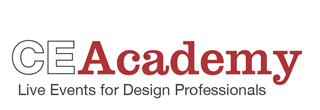
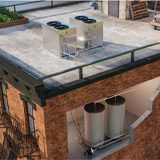
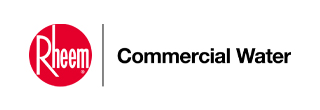
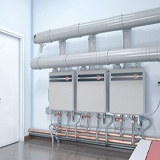
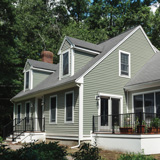

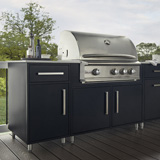

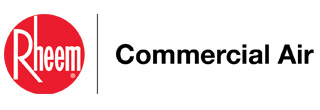
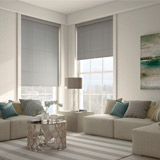
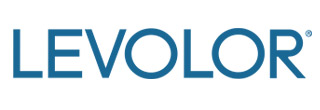
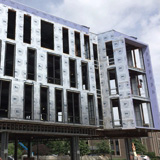
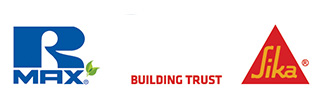
.jpeg)




